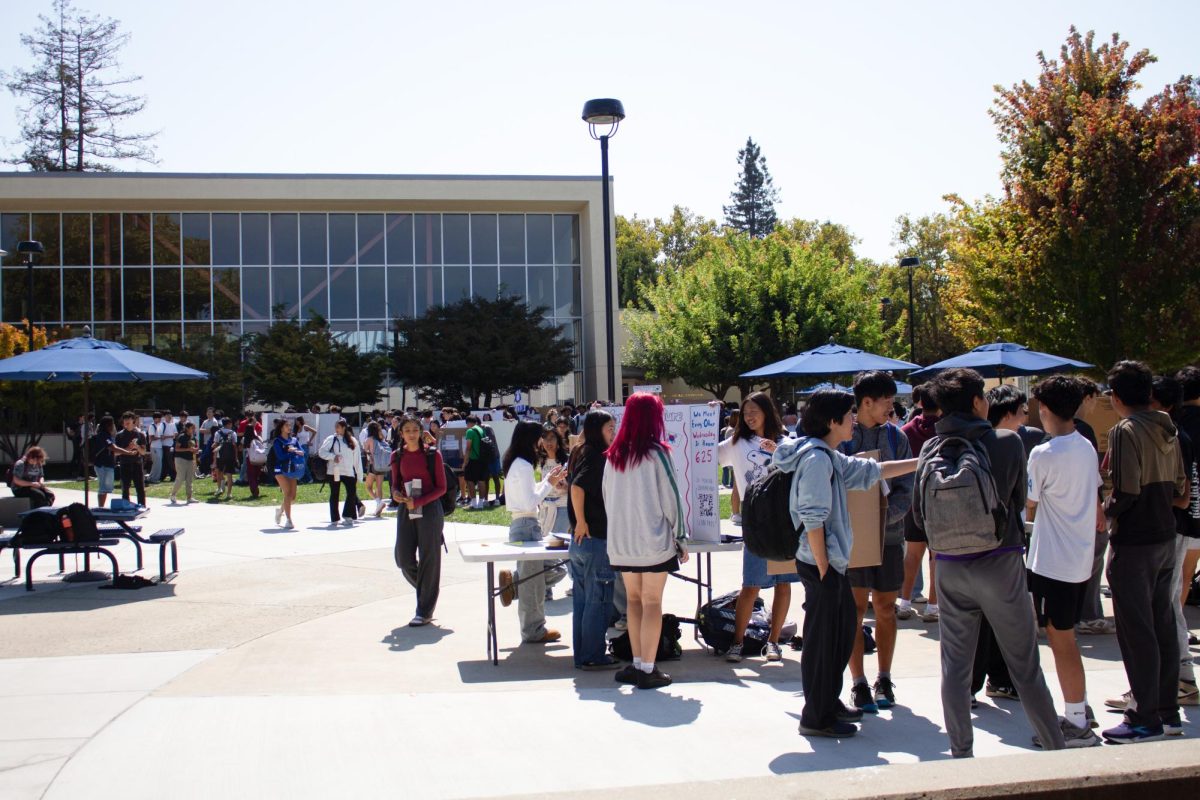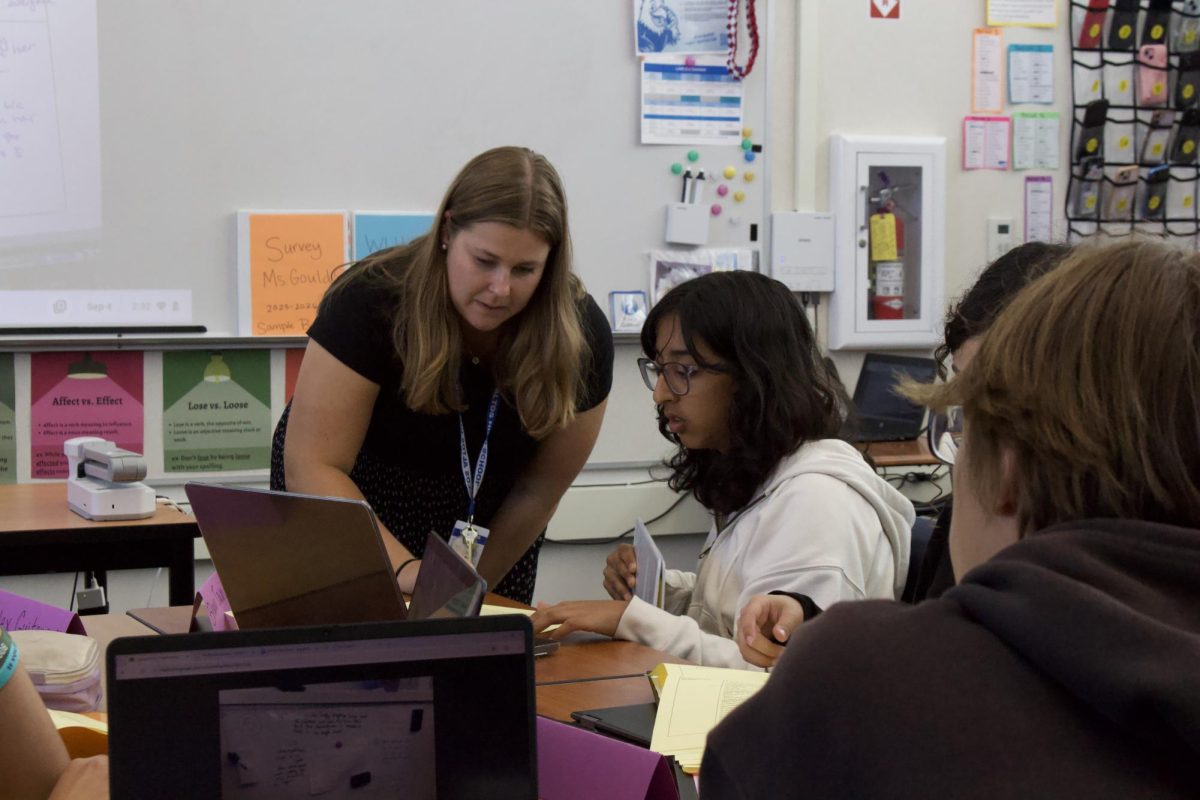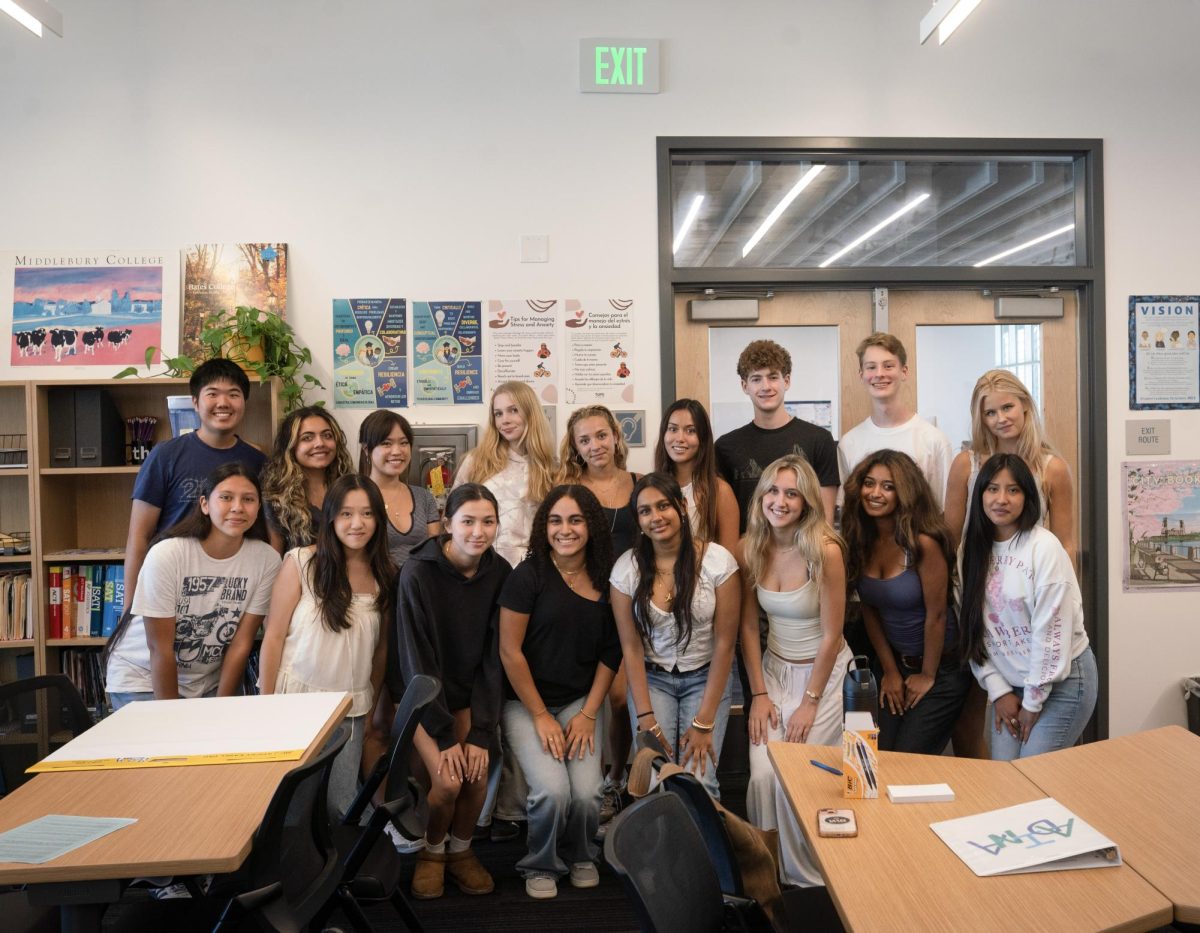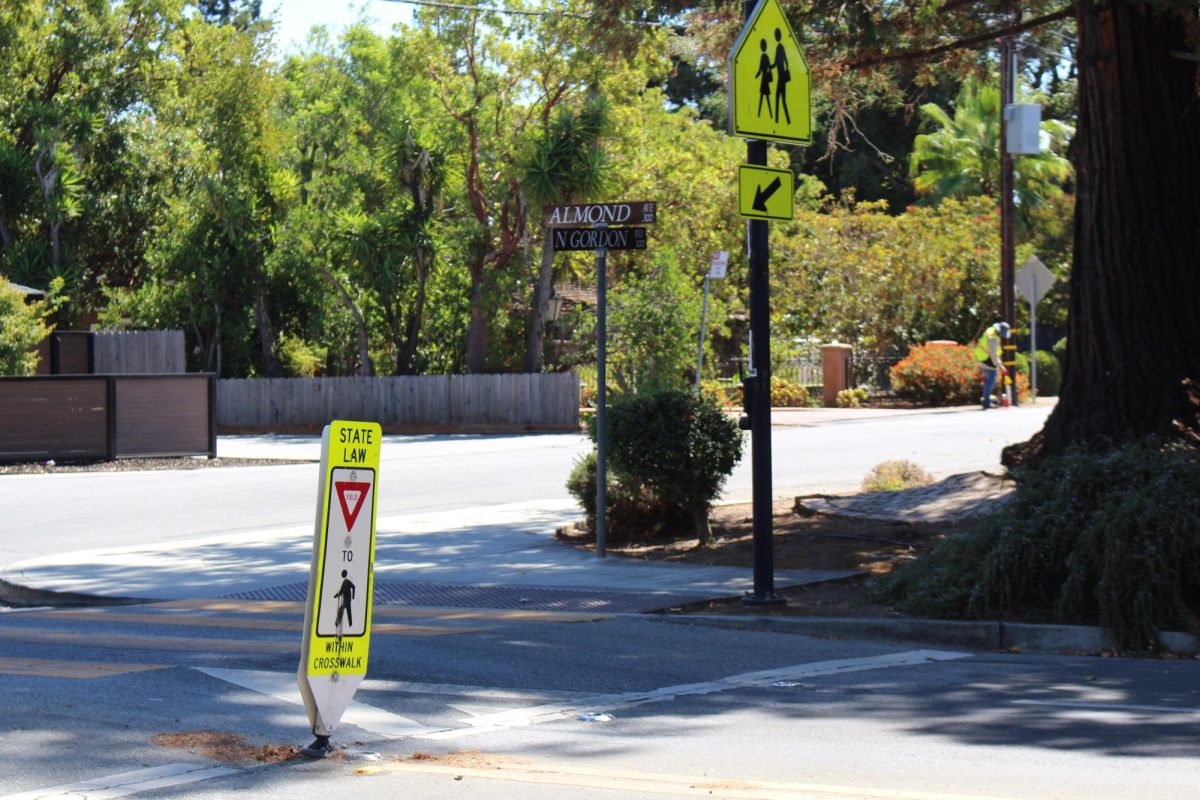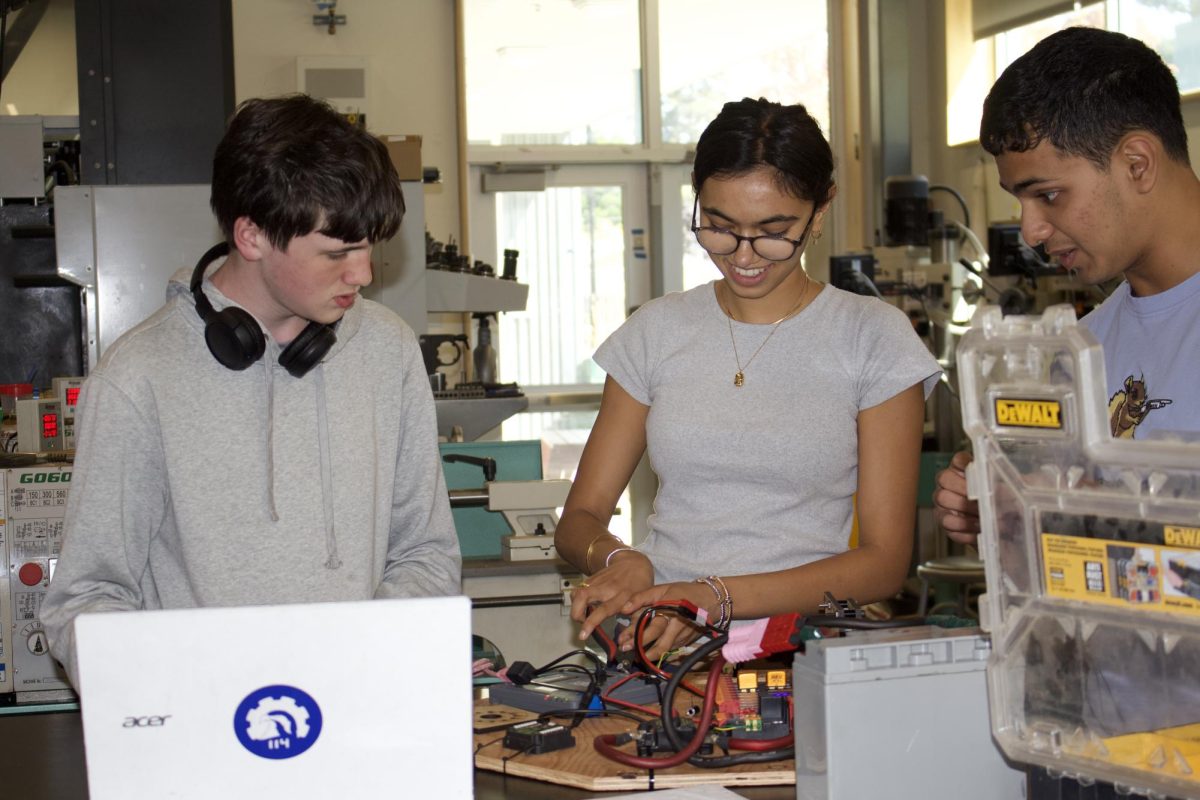After the teacher in-service day on January 18, department coordinators participating in the reading apprenticeship program presented results from a survey conducted by Principal Satterwhite to assess the progress of the new strategies.
“The overall feeling is that [the program] has been valuable,” Satterwhite said. “Students know that reading is important.”
The survey was given to students on October 13, the day of the PSAT.
“There was very interesting feedback,” Satterwhite said. “Students were very honest, and I’m proud of them.”
But, on the date the survey was given, more than half of seniors did not attend school and take the survey, as there were only 112 senior responses. As a result, the data collected might not accurately represent the school. The conditions the survey were given in also varied through the classes. For example, the seniors took their surveys in the theater.
“It’s a first start at gathering data, but I don’t think the data is yet valid,” teacher Galen Rosenberg said. “The survey was done on the PSAT day in a chaotic manor. How and when people take a survey has a huge result.”
Some of the results from the survey are very “interesting.”
For example, according to the survey, only 18 percent of seniors were interested and excited to read in school for English versus the 31 percent of freshmen. The reasons behind the large percentage differences are unknown. They could be that seniors lose interest in reading over the years, the books get less interesting, or that the difficulty keeps rising.
“We have to get underneath the numbers assuming that they’re true,” Rosenberg said.
At the same time, though, some of the data was consistent across all classes. When asked how good of a reader students are in general, the percentage of the response “above average” was between 34 and 40 percent.
Relatively expected responses were that over 50 percent of all surveyed students were distracted from reading by Facebook, IM, music, and TV.
Teacher April Oliver believes that the reading apprenticeship techniques are “definitely helping my students.”
The survey’s results helped determine what the teachers have found most useful from the program so far.
“[The new method of approach] helps students learn to read the latest youtube video sensation. Reading Apprenticeship strategies work even when reading visual imagery,” teacher Galen Rosenberg said. “Students learn how to see RA strategies as tools they can use with whatever kind of text they are reading, aiding in their meta-cognitive understanding of their reading skills.”
QAR (Question Answer Relationship) is one of the processes students are taught in the reading apprenticeship program. Research suggests that this instructional practice can help to close the achievement gap and increase comprehension.
“Students learn to identify the various sources for answers and develop a meta-cognitive understanding of the design and purpose of diverse types of questions,” Oliver said of QAR. “We will look at the research that supports the use of this strategy, examine model lessons, and develop lesson ideas.”
Though the department believes the results of the program are positive, there is not yet “precise data to support that.”
Almost 18 months have been spent on teacher workshops and in-service days, and Satterwhite believes that the amount of time spent doing those events will decrease over time, and that “[The program] will become a part of what happens in classrooms naturally.”
“Our hope is that by understanding students’ perceptions and beliefs about reading, we can help them to increase the proficiency of their literacy in various subjects,” Oliver said of the progress in the program.



